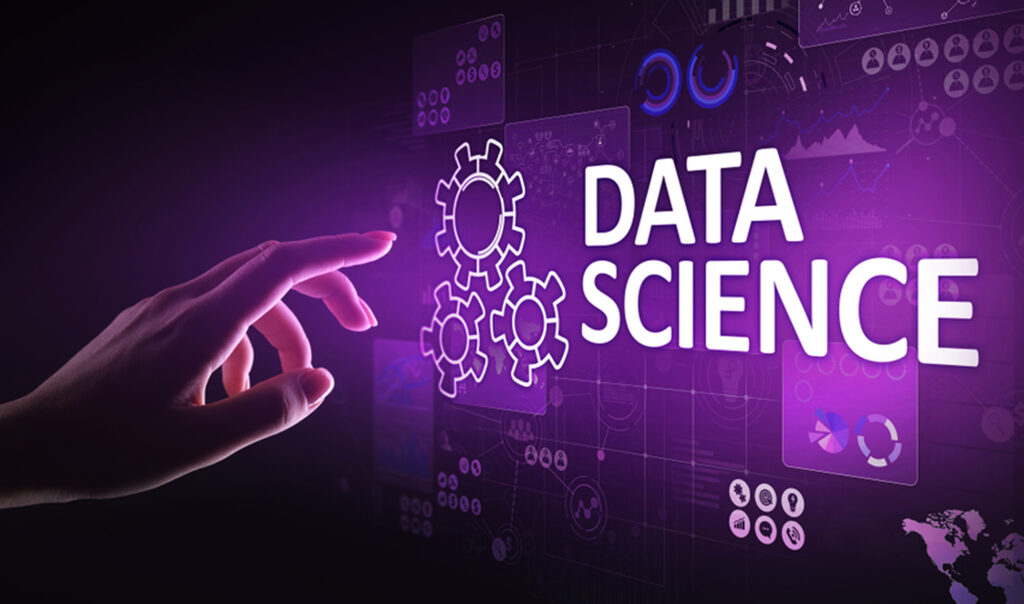
In today’s data-driven world, two popular career paths that often cause confusion are Data Science and Data Analytics. Both fields deal with data and are crucial in helping businesses make informed decisions. However, the roles, skills, and goals associated with each are different. Understanding these differences is essential for individuals planning a career in data and for organizations trying to hire the right talent.
At first glance, Data Science and Data Analytics might seem interchangeable because both involve working with data. But in reality, they serve distinct purposes. Data Science focuses on creating data models, making predictions, and applying advanced statistical and machine learning techniques. On the other hand, Data Analytics is more about interpreting existing data to uncover useful insights for immediate business decisions.
In this blog, we will break down the key differences between Data Science and Data Analytics across 12 important areas to help you understand which career path might suit you better or what type of professional your business needs.
1. Definition
Data Science is a multidisciplinary field that uses algorithms, machine learning, and predictive modeling to extract knowledge from structured and unstructured data. It focuses on building data models, automating processes, and making predictions for future trends.
Data Analytics focuses on examining datasets to draw conclusions about the information they contain. Analysts use statistical tools and techniques to summarize past data and provide actionable insights for business improvements.
2. Main Objective
The primary goal of Data Science is to build models and systems that can predict future outcomes and automate decision-making using algorithms.
The primary goal of Data Analytics is to analyze historical data to discover useful patterns, trends, and insights that help in solving business problems and improving operational performance.
3. Scope of Work
Data Scientists work on large datasets from multiple sources, including structured and unstructured data. They perform data cleaning, exploratory analysis, model building, and predictive analytics.
Data Analysts mainly work with structured data, performing data cleaning, transformation, and summarizing data through reporting dashboards, charts, and business reports.
4. Required Skills
Data Science requires proficiency in programming languages like Python or R, machine learning, deep learning, statistics, data mining, and big data tools like Hadoop or Spark.
Data Analytics focuses on SQL, Excel, data visualization tools like Tableau or Power BI, and basic statistical knowledge to generate clear business reports and dashboards.
5. Tools Used
Data Scientists frequently use tools such as Python, R, TensorFlow, Keras, Jupyter Notebook, Hadoop, and Spark for machine learning and data processing.
Data Analysts rely on tools like Microsoft Excel, SQL databases, Tableau, Power BI, Google Analytics, and business intelligence software for analysis and visualization.
6. Programming Requirements
Data Science involves significant programming. Building predictive models, training machine learning algorithms, and automating tasks require writing efficient code.
Data Analytics may involve some programming, usually SQL, but generally requires less coding. Focus is on query writing, simple scripts, and data manipulation.
7. Statistical Involvement
Data Scientists use advanced statistical techniques, including hypothesis testing, regression analysis, clustering, classification, and predictive modeling.
Data Analysts use fundamental statistics for descriptive analytics, identifying trends, averages, proportions, and comparisons to explain past performance.
8. Problem-Solving Focus
Data Scientists focus on solving open-ended problems like “Which product features will increase customer retention?” or “How can we forecast sales in new markets?”
Data Analysts answer more specific, defined questions like “Which products sold the most this quarter?” or “What is the customer churn rate for the last six months?”
9. Outcome
The output from Data Science includes predictive models, machine learning applications, AI systems, and automated data-driven solutions.
The output from Data Analytics includes reports, dashboards, trend analysis, and visualizations to guide immediate business decisions.
10. Industry Application
Data Scientists are hired in industries where complex predictive modeling is needed, such as fintech, autonomous vehicles, healthcare diagnostics, and artificial intelligence systems.
Data Analysts are employed in almost every industry, including retail, banking, healthcare, and marketing, where businesses need to track performance metrics and optimize operations.
11. Career Progression
Data Scientists often transition to roles like Machine Learning Engineer, AI Specialist, Data Architect, or Chief Data Scientist, dealing with complex systems and innovations.
Data Analysts can move to roles like Senior Analyst, Business Intelligence Analyst, Data Analytics Manager, or transition into Data Science after gaining technical expertise.
12. Salary Comparison
According to global market data, Data Scientists typically command higher salaries due to their advanced technical skills and ability to build predictive models.
Data Analysts also earn competitive salaries, especially in industries like finance and healthcare, but usually less than data scientists due to the narrower scope of technical complexity.
Conclusion
While both Data Science and Data Analytics revolve around data, they serve different purposes, require distinct skills, and follow unique workflows. Data Science focuses on predicting future trends and automating processes using advanced techniques, while Data Analytics concentrates on interpreting historical data to provide immediate business insights.
If you are inclined towards statistics, programming, and building predictive models, a career in Data Science could be the right choice. If you prefer working with business data to generate reports and actionable insights without diving deep into complex algorithms, Data Analytics offers a more straightforward and equally rewarding career path.
For businesses, the choice between hiring a Data Analyst or a Data Scientist depends on whether the need is for operational insights or advanced predictive modeling. Both roles are essential, but their impact differs based on the problem you are trying to solve.
Understanding these differences will help you make informed decisions, whether you are planning a career in the data domain or building a data-driven team within your organization.


